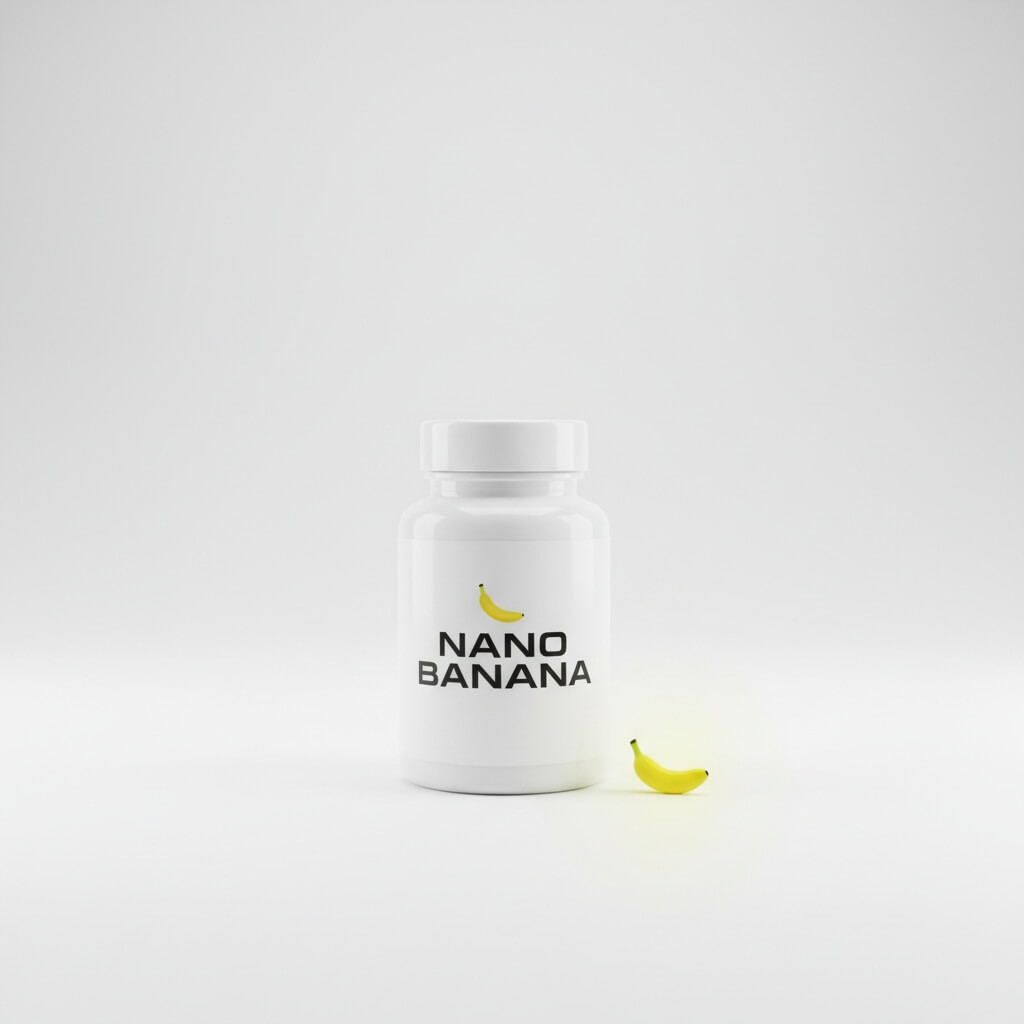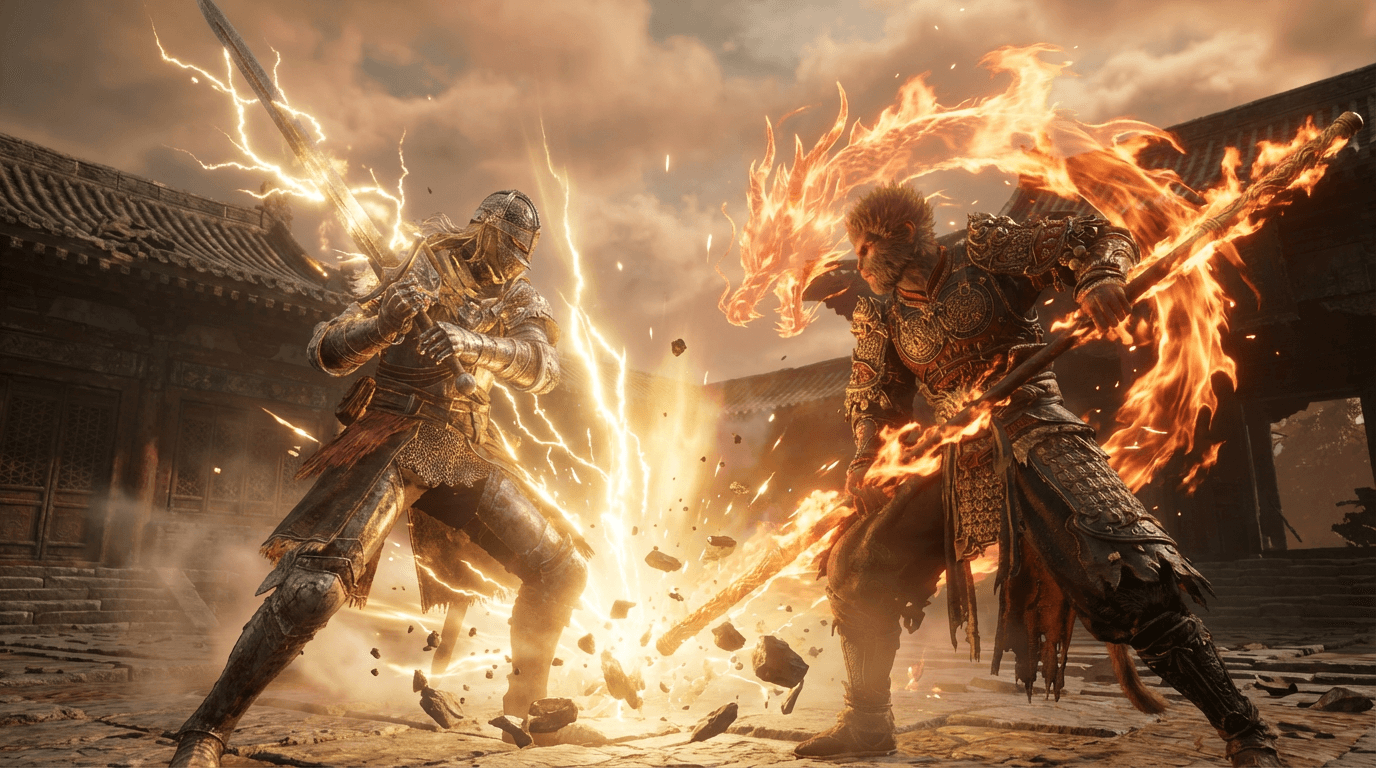
The demand for high-quality, scalable product visuals in e-commerce has never been higher. Google has advanced its leading AI image generation technology from the Nano Banana to the production-ready Nano Banana Pro.
WeShop AI is proud to announce the full integration of the powerful Nano Banana Pro model into our creative workspace. This move transforms WeShop AI from a cutting-edge editing platform into a complete visual engineering studio, offering users immediate access to the highest fidelity, control, and logical accuracy available in generative AI today.
What Does Nano Banana Pro Do? (And How is it Gemini?)
Nano Banana Pro is Google’s state-of-the-art text-to-image and image-editing model. It is designed to interpret complex, natural language instructions and render photorealistic or highly stylized images.
What Nano Banana Pro Does
At its core, Nano Banana Pro acts as a reasoning-driven visual intelligence system. This means it goes beyond merely guessing a picture based on keywords; it uses a high-level LLM “brain” to understand the physics, logic, relationships, and context described in the prompt.
- Image Generation: Creating complex scenes, characters, and objects from scratch.
- Image Editing: Performing complex, non-destructive edits on existing images (e.g., changing an outfit, removing an object, or altering the lighting angle) while maintaining scene coherence.
- Text and Data Rendering: Generating perfectly spelled, well-integrated text on signs, packaging, and within data visualizations like charts and slides.
Is Nano Banana a Gemini Model?
Yes, absolutely. The Nano Banana project is a codename for Google’s official, commercially available image models powered by the Gemini family:
- Nano Banana 1: Officially the Gemini 2.5 Flash Image model. It prioritized speed and accessible image generation.
- Nano Banana Pro (or Nano Banana 2): Officially the Gemini 3 Pro Image model. It prioritizes fidelity, complex reasoning, and production-grade quality.
Nano Banana Pro vs. Nano Banana 1: The Key Upgrades
The jump from Nano Banana 1 to Nano Banana Pro is a transition from a consumer-grade tool for rapid drafts to an enterprise-grade solution for final assets.
| Feature | Nano Banana 1 (Gemini 2.5 Flash) | Nano Banana Pro (Gemini 3 Pro Image) |
| Architectural Core | Fast Diffusion Model | Reasoning-Driven LLM + Diffusion |
| Max Resolution | 1K (1024×1024) | Native 2K, with optional 4K Upscaling |
| Text Rendering | Poor to mediocre, often garbled | Significantly Improved (Legible & Contextual) |
| Creative Control | Basic lighting and composition | Advanced camera angle, depth of field, color grading |
| Consistency | Good for short iteration runs | Excellent for long campaigns/multiple characters |
| Cost | Lower cost, faster generation | Higher cost, slightly slower for complexity |
The Reasoning Advantage: Nano Banana Pro uses a multi-stage validation loop (Plan → Evaluate → Improve) before the final image render. This is why it can solve complex problems like rendering accurate financial charts, aligning multilingual text, and realistically placing products into complex scenes—tasks where previous models failed due to a lack of deep semantic understanding.
How to Use Nano Banana 2 by Google in WeShop AI
For WeShop AI users, integrating Nano Banana Pro is seamless, leveraging our platform’s API access to Google’s Vertex AI and Gemini services.
1. Access through WeShop AI Workspace:
WeShop AI has integrated the Gemini API for Nano Banana Pro into its backend. Users access the model simply by selecting the “Nano Pro” mode within the WeShop AI workspace. All the complexity of the API calls, parameter tuning (like resolution, aspect ratio, and fine-tuning controls), and cost management is handled automatically by our platform.
2. Mastering the Prompt (The Professional Workflow):
To get the superior results Nano Banana Pro offers, your prompts must be more detailed. WeShop AI’s interface encourages the use of advanced elements:
- Subject: Define the product and scene clearly (e.g., “A red leather handbag”).
- Context: Specify the environment and lighting (e.g., “on a marble counter with warm golden-hour side lighting”).
- Technical Controls: Use specific photographic terms (e.g., “Shot on a 50mm lens with shallow depth of field,” “Cinematic color grading”).
- Editing Instructions: For existing images, be precise (e.g., “Using the uploaded image, change the model’s t-shirt to a blue polo, maintaining the reflection on the glass wall”).
Is Nano Banana Pro Worth It?
For the e-commerce sector, the answer is a resounding yes. While Nano Banana Pro is reported to be costlier per image than its predecessor, the return on investment (ROI) is exponentially higher because:
- Production-Ready Quality: The 2K/4K resolution and high fidelity mean fewer images need to be sent to external graphic designers or retouchers, saving time and money.
- Visual Consistency: Its ability to maintain character and product identity across hundreds of generated images is essential for large-scale marketing campaigns.
- Content Velocity: The speed at which you can generate high-quality, localized marketing assets (complete with legible, translated text) allows brands to run more A/B tests and accelerate time-to-market.
What is the 30% Rule for AI?
The 30% Rule for AI is a guideline (or framework) widely adopted in professional creative and corporate environments to define the optimal balance between human input and AI output.
- The Rule: AI should handle the 70% of routine, repetitive, or tedious work (like initial drafting, summarizing, data cleanup, or generating numerous visual variations). The human must handle the remaining 30% of the work.
- The Human 30%: This crucial portion involves tasks that require human judgment, creative direction, ethical oversight, and strategic application. It includes defining the intent of the prompt, refining the AI’s output, and ensuring the final result aligns with the brand’s voice and legal standards.
By integrating Nano Banana Pro, WeShop AI allows your teams to offload nearly 70% of the visual “grunt work” while focusing their creative 30% on strategic branding, market testing, and defining the next product visual narrative.
What is the maximum image resolution of Nano Banana 2?
Nano Banana Pro is rumored to support a native 2K resolution output. Critically, it offers advanced 4K super-resolution upscaling that preserves intricate details and textures without the pixelization or “waxy” blurring common in older upscaling methods. This makes its images suitable for commercial printing and high-density displays.
How does Nano Banana Pro handle text and numbers in images?
This is one of the model’s most significant breakthroughs. Nano Banana Pro generates perfectly legible text (in English and multiple other languages, including Chinese characters) and accurately renders numerical data in charts, presentations, or on product labels. It maintains correct spelling, alignment, and perspective, eliminating the “gibberish” or garbled text output by previous AI generations.
Are images generated by Nano Banana 2 traceable?
Yes. Consistent with Google’s commitment to transparency and responsibility, images generated or edited using Nano Banana Pro are expected to include the SynthID digital watermark. This invisible signature is cryptographically embedded into the image’s pixels, ensuring that the visual is clearly and reliably identified as being AI-generated.
Is Nano Banana Pro more expensive to use than Nano Banana 1?
Generally, yes. Nano Banana Pro’s advanced reasoning and higher native resolution demand greater computational resources. Therefore, the cost per image generated is typically higher than the faster, lower-resolution Nano Banana 1. However, this higher cost is offset by the dramatic reduction in post-production costs and the high commercial quality of the output.




